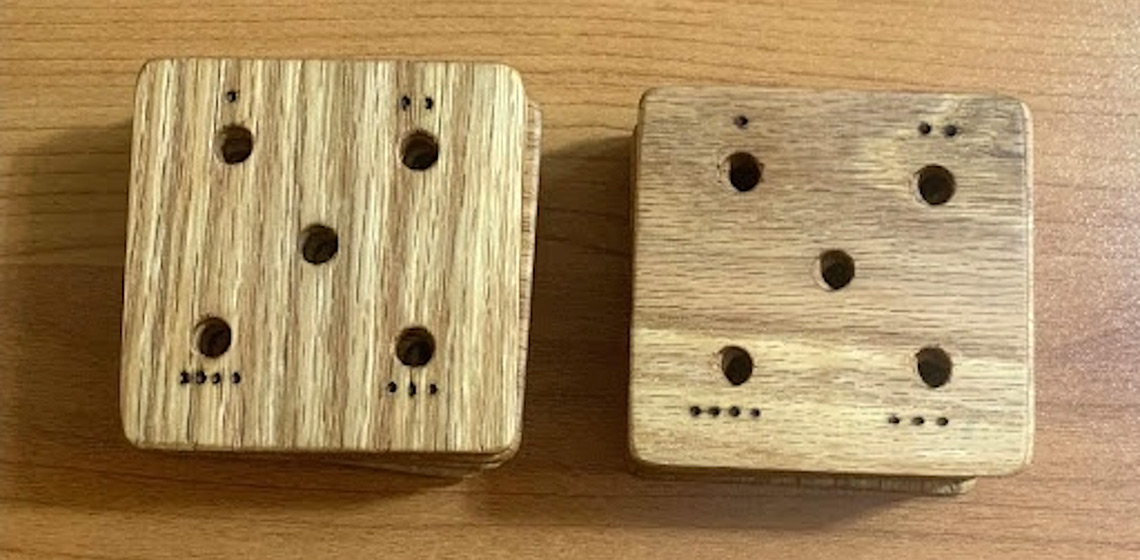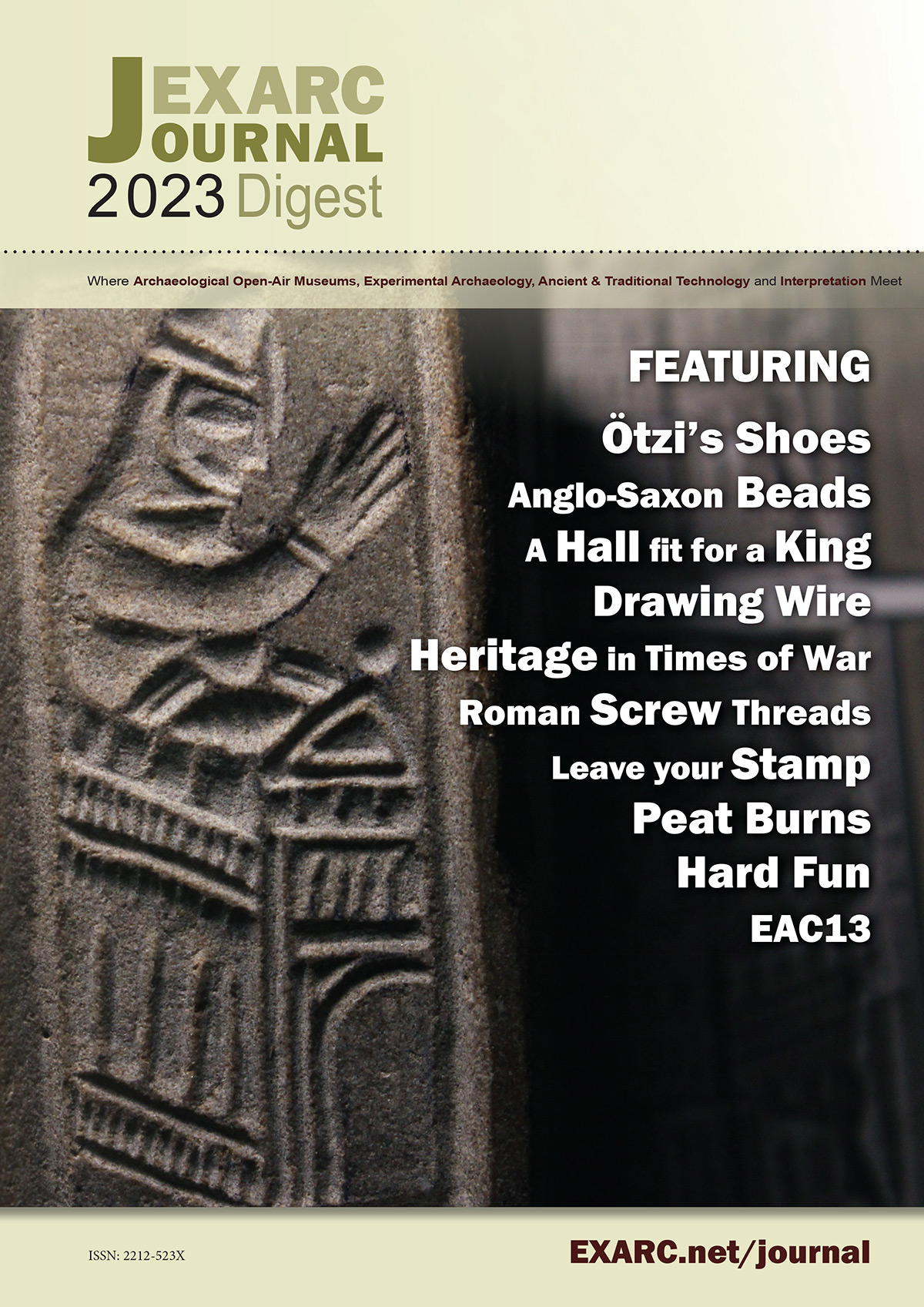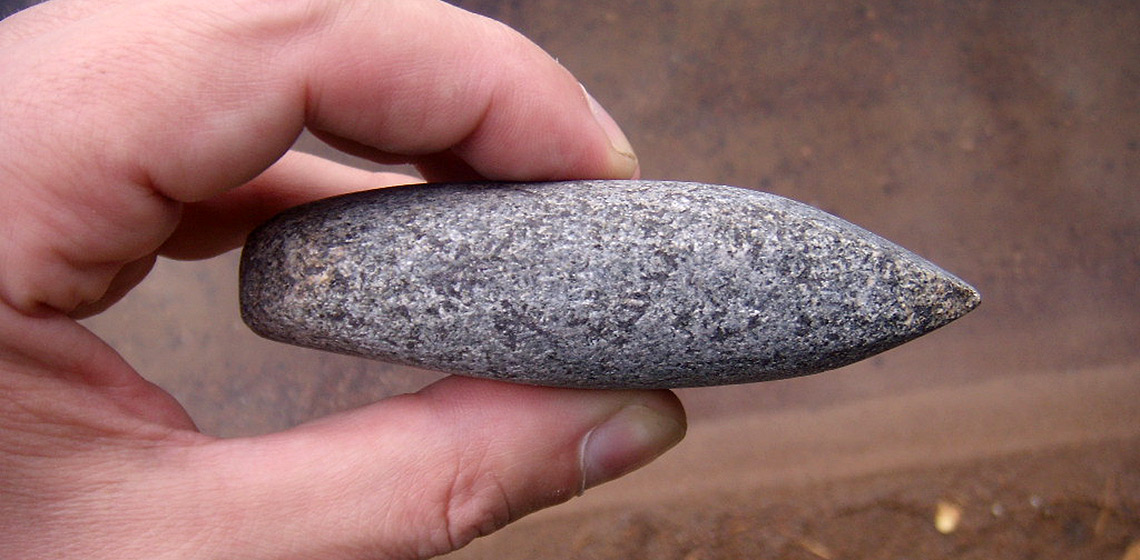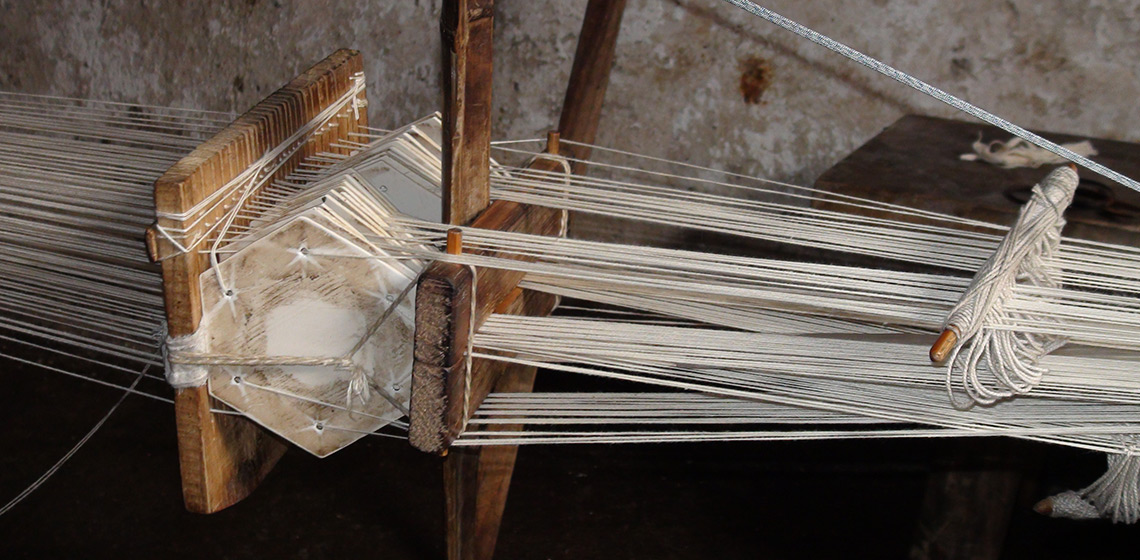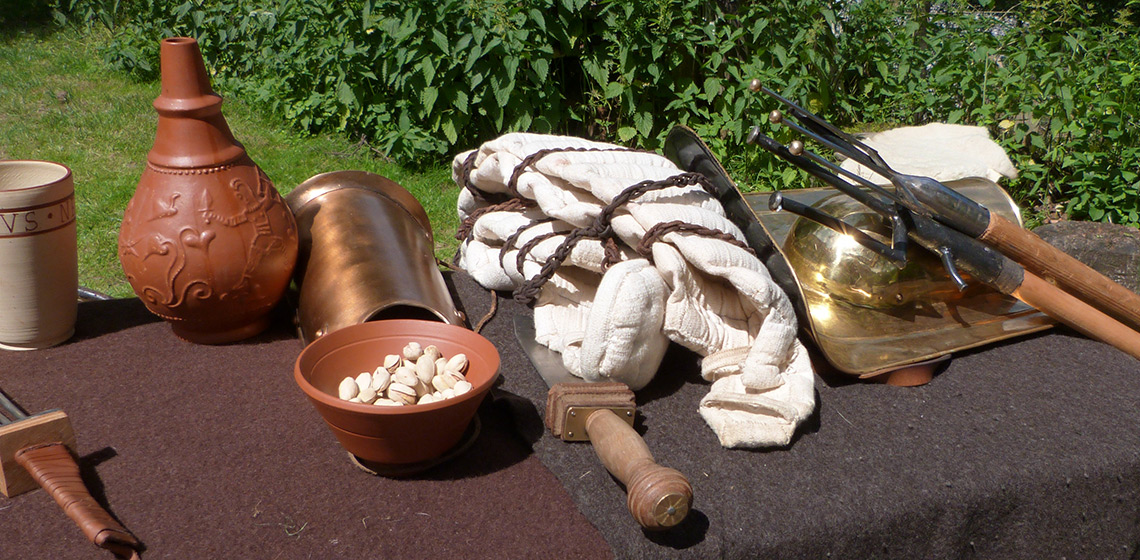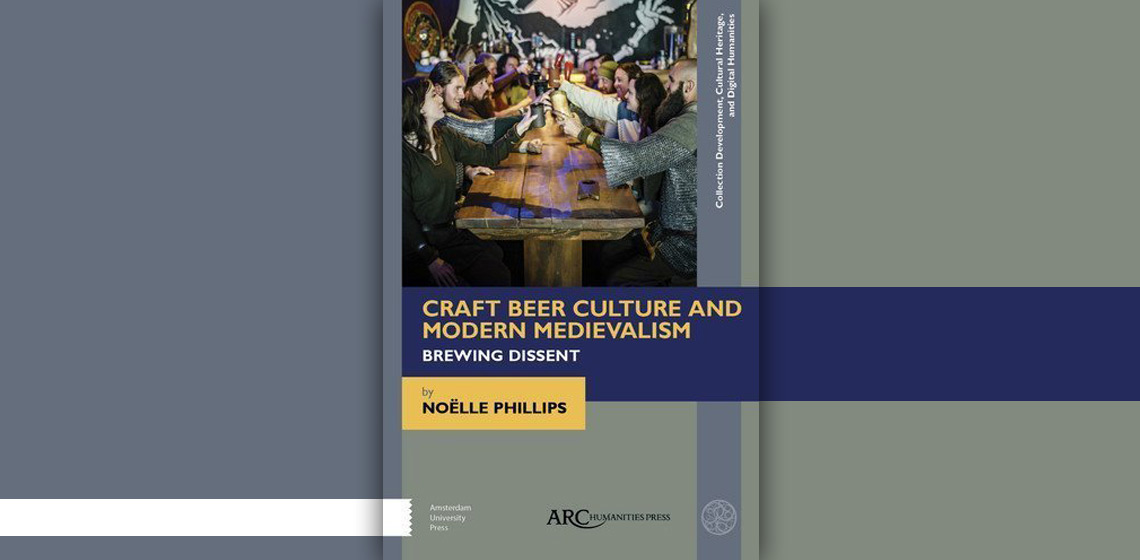EXARC Journal - Latest Articles
Alternative Reconstruction of a First Century AD Roman Cavalry Saddle
Background
The design and the construction of the Roman saddle has not received much academic attention since the work done by Peter Connolly in 1986 (Connolly, 1986, p. 353) and Connolly with Carol von Driel in 1991 (Connolly, P, van Driel-Murray, C, 1991, pp. 33-50) .
Irish Copper Axe-Ingots Recovered in Brittany: Experimental Casting to Recreate Porous Material
A Shared Warp: The Woven Belts of the Lao Han People, China
The renowned weaver Peter Collingwood briefly mentioned such belts in his book The Techniques of Tablet Weaving (Collingwood, 1982, pp.219-220). Not long before he died in 2008, he contributed a couple of pages on these belts to the book Minority Textile Techniques: Costumes from South-West China (Collingwood, 2007, pp.28-29).
Discussion: The Concept of Authenticity in Collections of Open-Air Museums
How is it possible that if you go into an arts museum, the ceramics you see may be made yesterday and may be a valued and legitimate part of the museum collection, while in open-air museums, a similar object ...
Book Review: Craft Beer Culture and Modern Medievalism: Brewing Dissent by Noëlle Phillips
In Craft Beer Culture and Modern Medievalism: Brewing Dissent, Noëlle Phillips takes a critical look at the people and legends of craft beer and the ways in which medievalism and masculinity have shaped the industry of craft beer brewing. Craft beer may seem to be a rather flippant choice for an analytical scholarly study, but it is a movement deeply infused with modern assumptions...

 The EXARC Journal (since 2004) is the leading Journal for those involved in
The EXARC Journal (since 2004) is the leading Journal for those involved in 